
Artificial Lights For Plant
- Home
- Artificial Lights For Plant
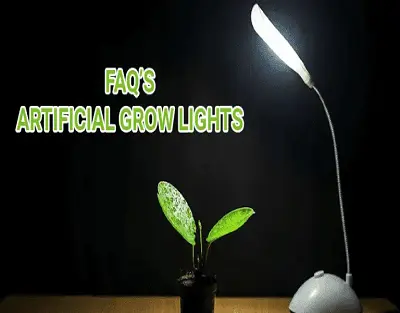
Artificial Lights For Plant
 Artificial Plant Light: The Key to Thriving Indoor Greenery
Artificial Plant Light: The Key to Thriving Indoor Greenery
Maintaining healthy plants indoors can be a challenge when natural sunlight is limited. That’s where artificial plant light comes in — designed to mimic natural sunlight and promote healthy plant growth even in shaded or indoor areas. These lights provide the essential wavelengths that plants need for photosynthesis, ensuring they grow strong and vibrant.
Whether you live in an apartment or have a windowless office, artificial sunlight for plants offers a simple way to keep your plants healthy all year round. By using the right combination of red, blue, and white light, these systems replicate the sun’s natural spectrum, encouraging better leaf development, flowering, and root strength.
 What Is Artificial Sunlight for Plants?
What Is Artificial Sunlight for Plants?
Artificial sunlight for plants is a specially designed lighting solution that recreates the solar light spectrum. It’s ideal for environments where natural sunlight is insufficient, such as offices, greenhouses, or shaded homes. These lights help sustain indoor plant growth by supporting vital biological processes like photosynthesis and nutrient absorption.
If you’re setting up a home garden, consider an artificial sunlight lamp for plants. These lamps not only enhance growth but also help regulate the plant’s internal clock, ensuring balanced day-night cycles. This is particularly useful for artificial light for indoor plants that require specific light durations to bloom or bear fruit.
 Benefits of Artificial Light for Indoor Plants
Benefits of Artificial Light for Indoor Plants
Investing in artificial light for indoor plants ensures your plants get consistent illumination regardless of weather or daylight hours. The steady exposure helps reduce leaf drop, improves chlorophyll production, and accelerates growth.
Modern artificial grow lights come in various types—LED, fluorescent, and full-spectrum options—making them energy-efficient and versatile. For enthusiasts growing herbs or succulents indoors, artificial sunlight for indoor plants is a game-changer, providing optimal brightness and temperature for sustained growth.
 Artificial Light for Houseplants and Photosynthesis
Artificial Light for Houseplants and Photosynthesis
Even decorative houseplants can benefit from dedicated lighting. Using artificial light for houseplants ensures that each species receives the proper light wavelength needed to stay healthy. This is especially true during winter months when natural sunlight is minimal.
Moreover, artificial light for photosynthesis ensures plants can produce the energy they need to grow. Proper light intensity and duration replicate outdoor conditions, helping indoor plants maintain a natural rhythm and lush appearance.
 Choosing the Right Artificial Grow Lights for Plants
Choosing the Right Artificial Grow Lights for Plants
Not all lights are created equal — choosing the right artificial grow lights for plants is crucial for success. Full-spectrum LED lights are most effective because they emit balanced wavelengths suitable for all growth stages. They are also energy-efficient and generate minimal heat, preventing damage to delicate leaves.
When choosing artificial light for growing plants, consider adjustable fixtures that let you control brightness and timing. This helps simulate seasonal changes and promotes healthier, more resilient plants.
Frequently asked questions about artificial lights?
What are artificial lights? Why plants require artificial light? What is grow light? Why grow light require for plant? What is difference between grow light and natural lights? What is the difference grow lights and regular lights?
I’m sure you might have such questions in your mind. As an artificial light manufacture, we hear such questions on regularly basis.
What are artificial lights?
Sun is source of light for everyone on this planet.
Light is essential for everyone, we Humans need sunlight to make Vitamin D, which helps us absorb calcium from our food.
For plants require light for photosynthesis, the process within a plant that converts light, oxygen and water into carbohydrates (energy).
“Artificial light, as opposed to sun light, refers to any light source that is produced by electrical means.”
Artificial grow lights are available in different types, a different shapes & sizes, different colours, and different levels of brightness. The use of artificial lights is important for in agriculture where plants won’t get sufficient sunlight and indoor cultivation specially in vertical farming, tissue culture labs etc
Different types of artificial lights?
• Incandescent lamp.
• Compact fluorescent lamp.
• Fluorescent tube.
• Discharge lamps.
• Light Emitting Diode (LED).
Do plants require artificial light? Why grow light require for plant?
Yes, plants do require artificial lights when there is lack of natural light or no natural lights.
Ex. Indoor green wall, Plants grown in different labs, green house plants during cloudy and rainy season
Artificial light for plant knows as a grow light.
What is grow light? What is the difference grow lights and regular lights?
Grow light is specially designed for plants only, as light absorption pattern for human and plants are different.
Artificial light for plant knows as a grow light.
Light supplements our vision and helps us see things around us. Humans can only see the light that falls in the visible region. Plants, on the other hand, have a much broader sense of light.
Human can see only visible spectrum i.e.; 400 to 700 nm and max absorption happens in green zone. While plants sense light from 320 nm to 780 nm and max absorptions in red and blue zone.
While designing lights for plants (grow lights) it considered a broader spectrum (365 nm UV to 780 nm IR) depends on plant type. In other hand while designing light for human (regular lights) RGB (Red, Green and Blue) plays important role.
I hope, you found above information useful. If you have any other doubts or questions artificial lights for plants then you can reach us on [email protected]
Thank you.
Artificial Lights | What is Artificial Lights | Grow Lights | Artificial Lights for Plants | Artificial Lights for Green Wall | Artificial Lights for Household Plants
- Blog Categories
- Basic of Artificial Lighting for Plants
- Basic of grow Light
- Case Studies
- General Awareness
- Indoor Vertical Farming
- Medical Plant Research
- Online Tool
- Pitch Grow Light
- Plant Lighting Measurement
- Speed Breeding
- Supplemental Lighting
- Tissue Culture Grow Lights
- Vertical Green Wall
- LED Grow Lights
- Pharma Segment
- General
Shop Products
2Ft 9W Grow Light for Leafy Vegetables
₹350.00 – ₹650.00Price range: ₹350.00 through ₹650.00
4Ft 18W Grow Light for Saffron
₹495.00 – ₹920.00Price range: ₹495.00 through ₹920.00
Popular Products
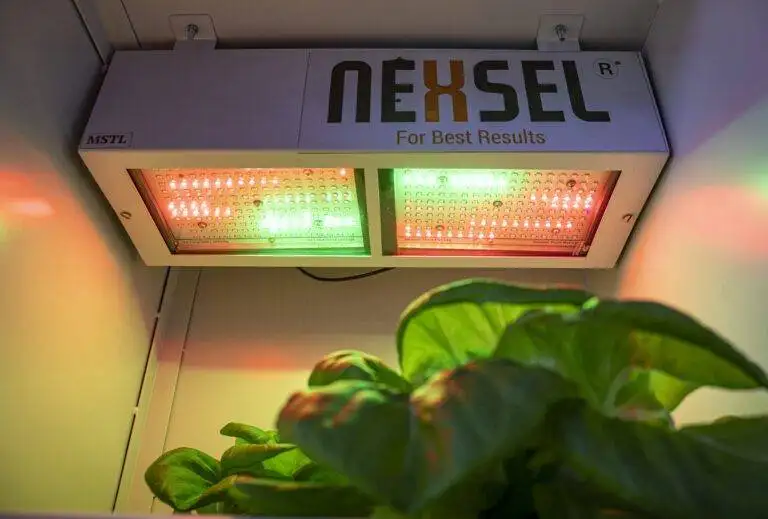
Enquire Now
Quick Link
Other Links
Design & Developed By VBTEK


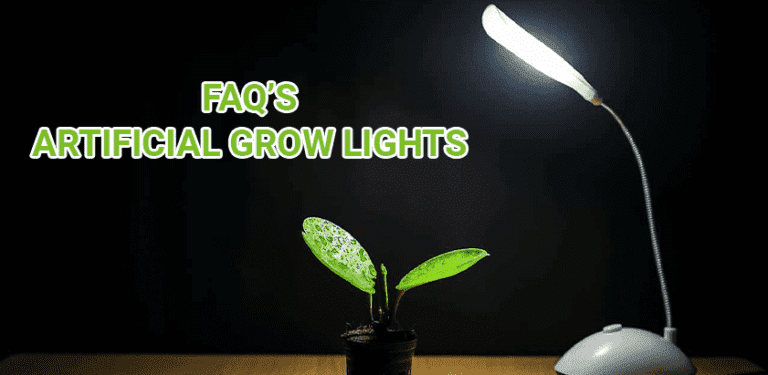

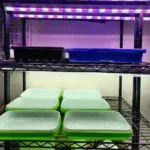
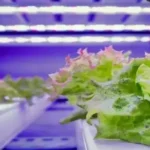
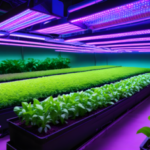
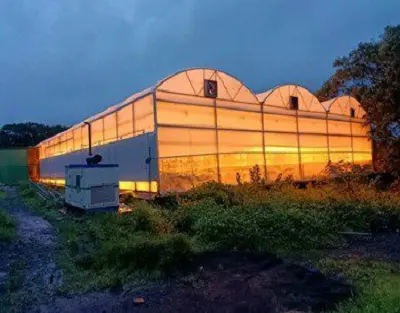
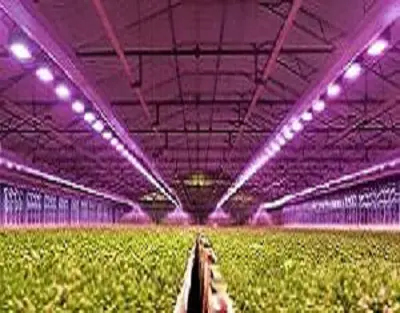
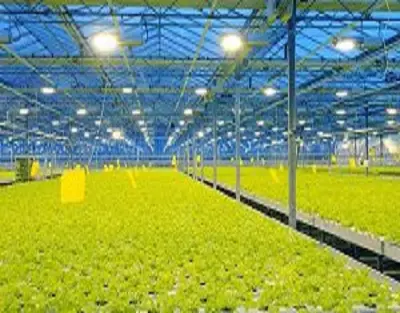
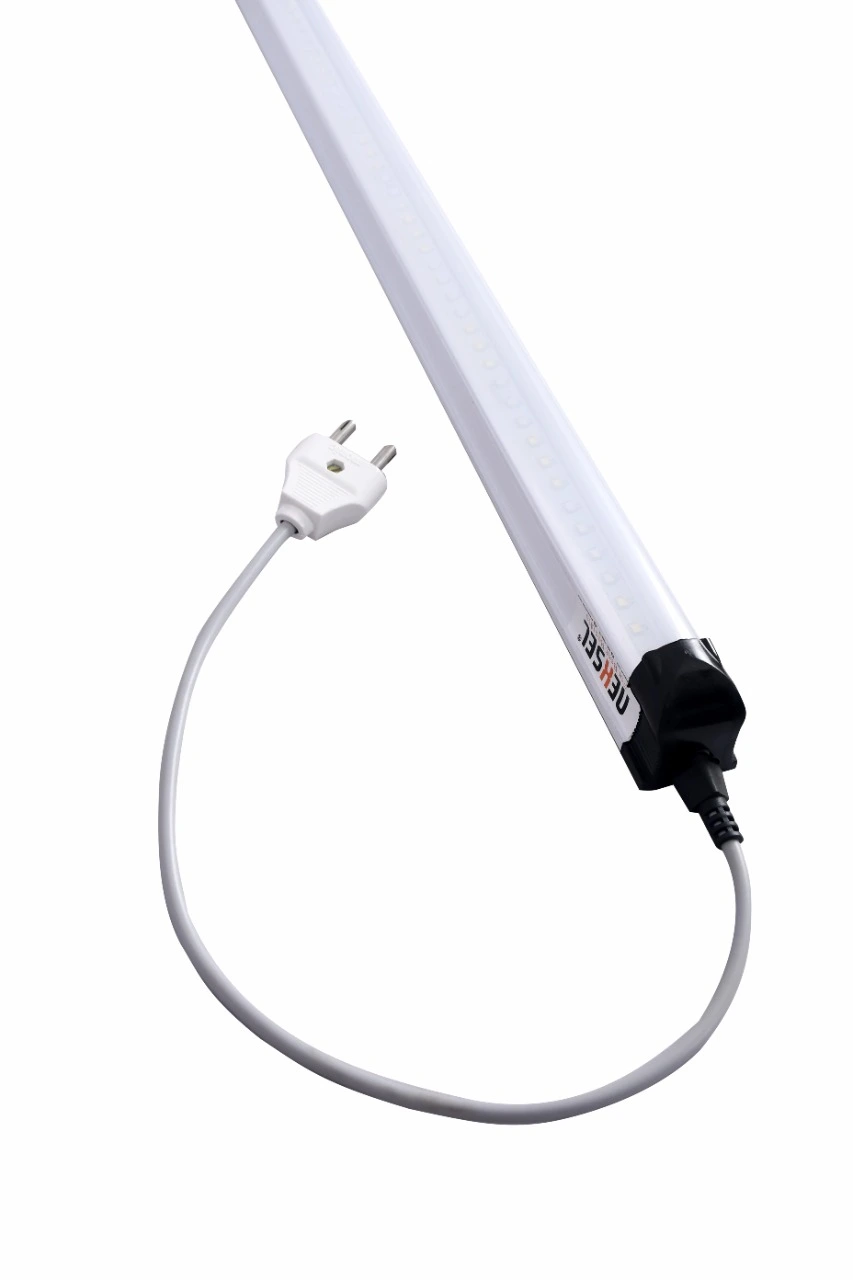
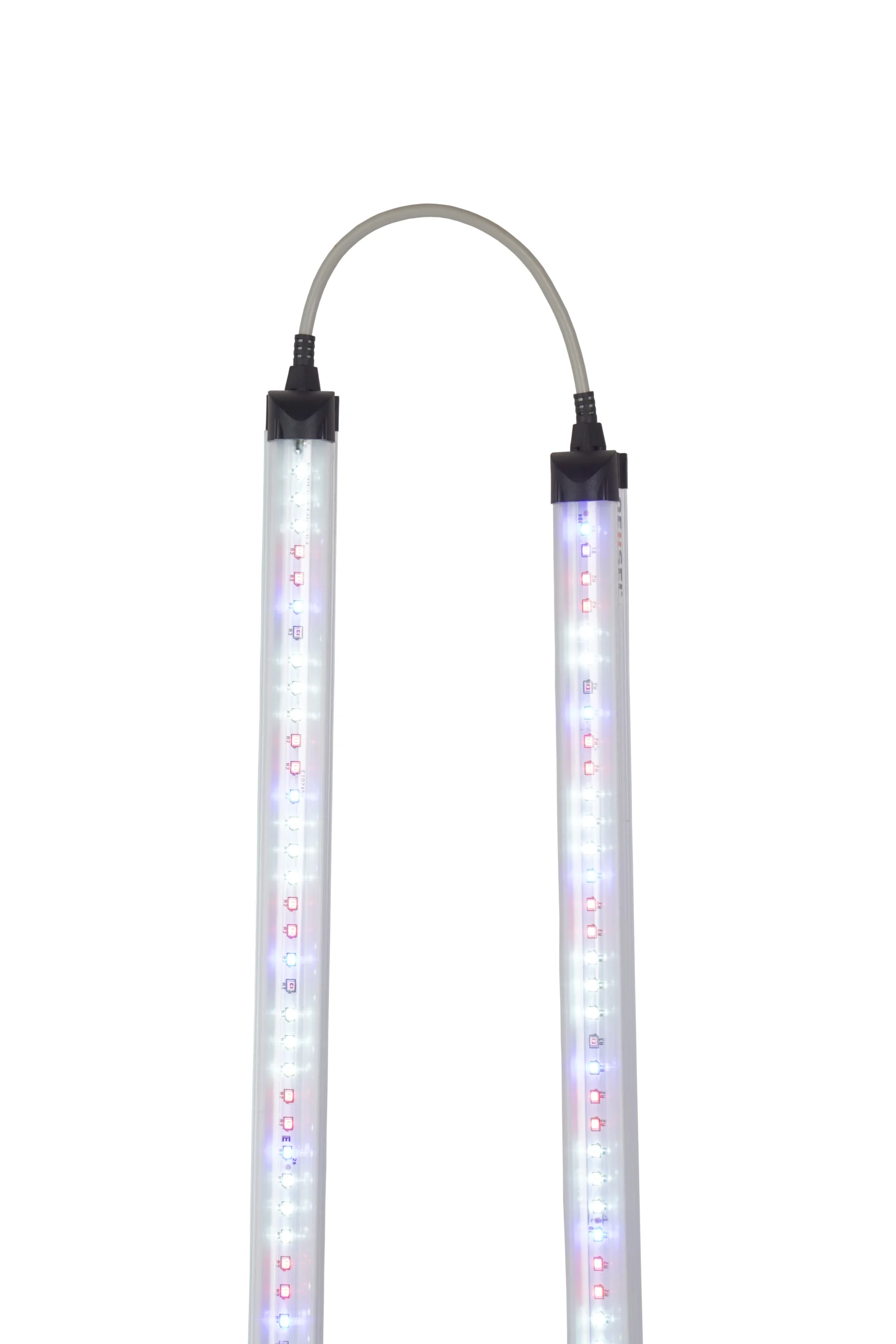
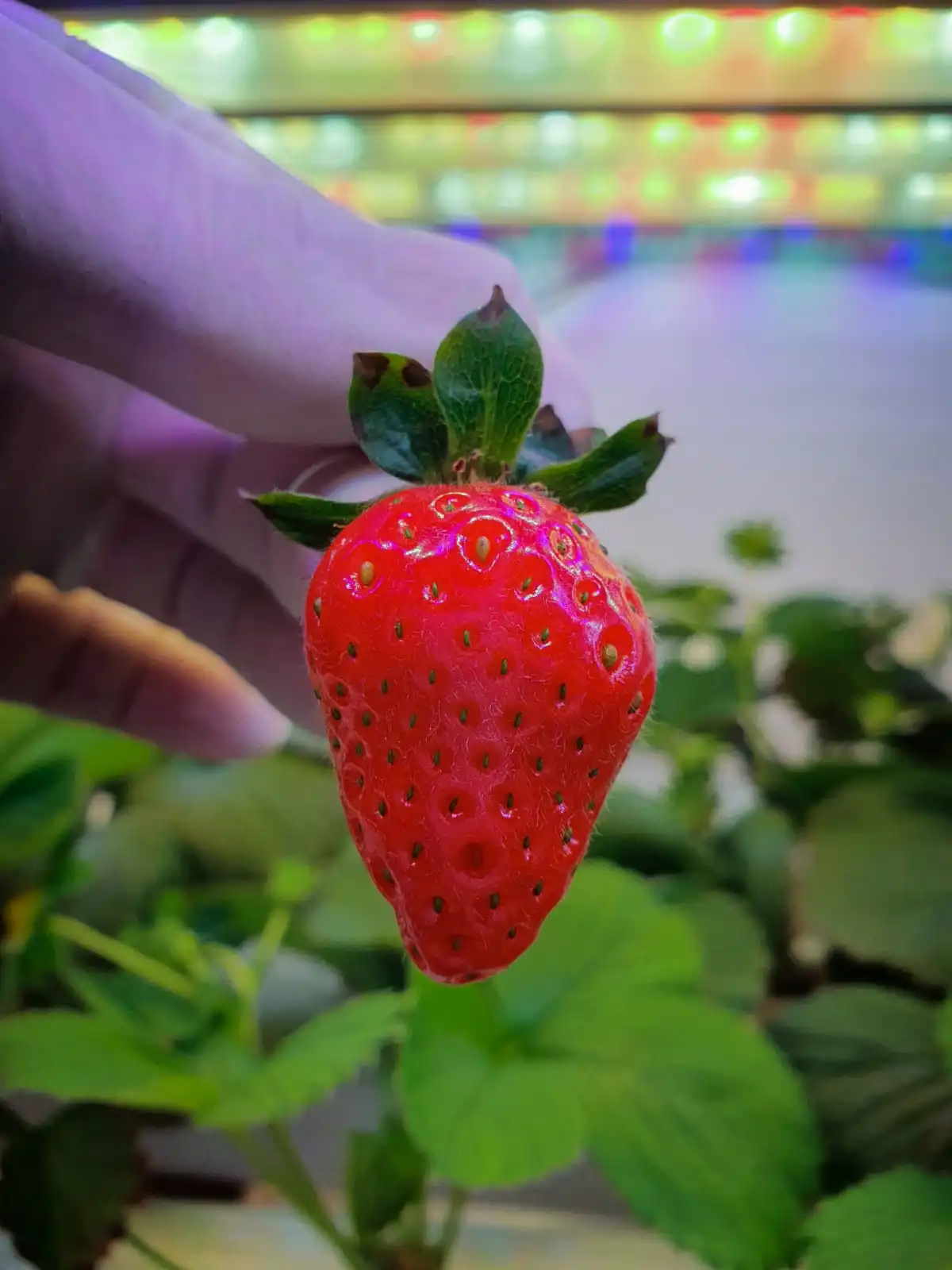

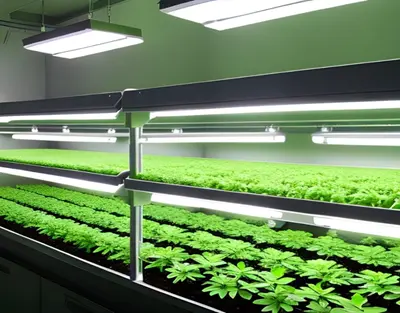

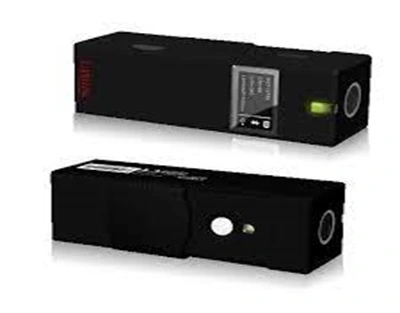
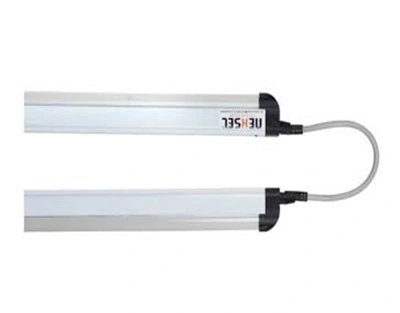
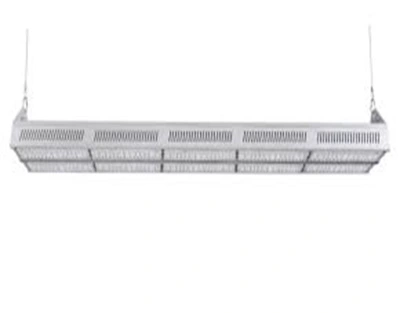
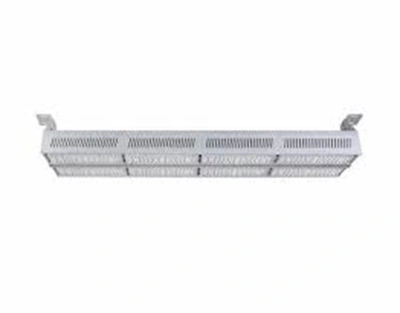
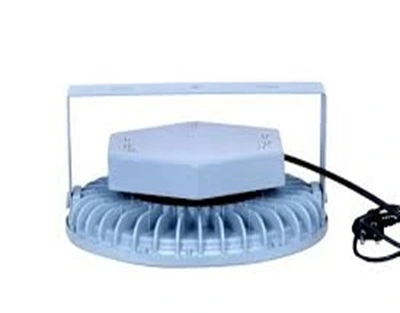

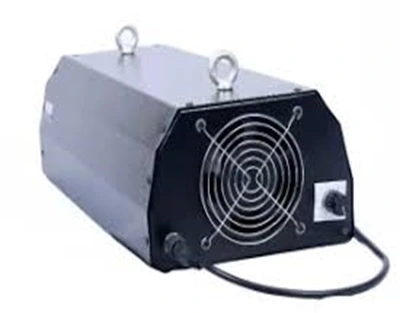
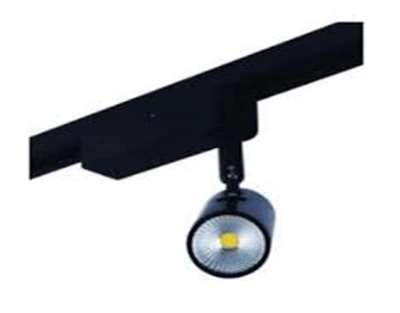
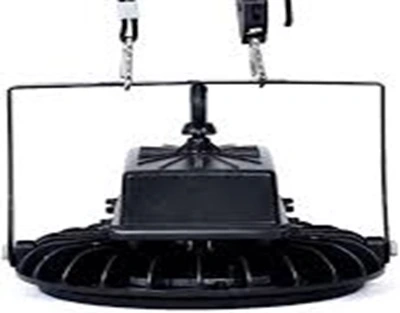
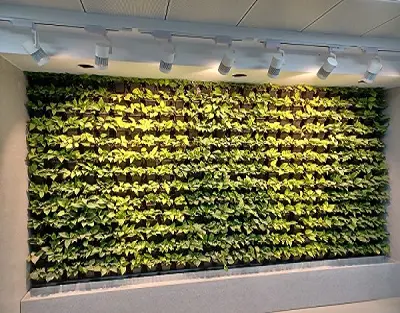
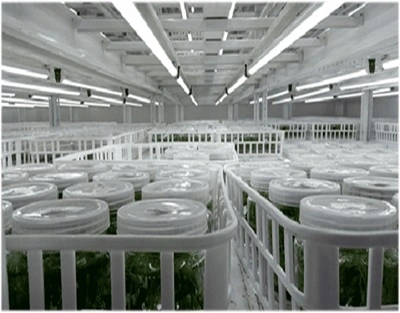
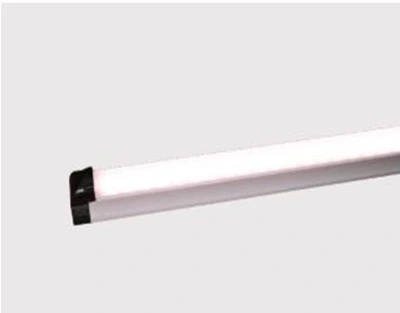
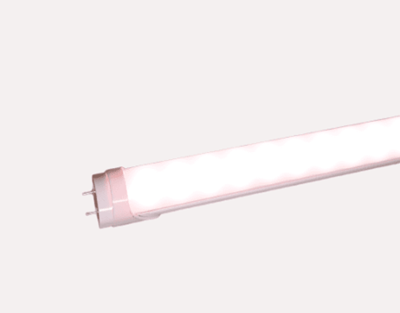
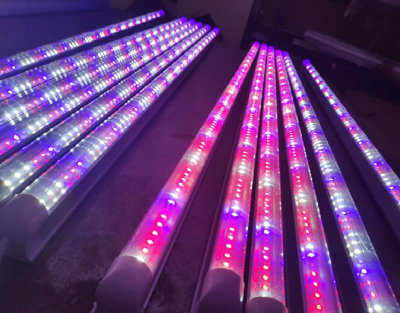

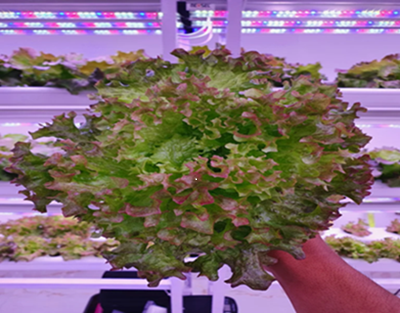
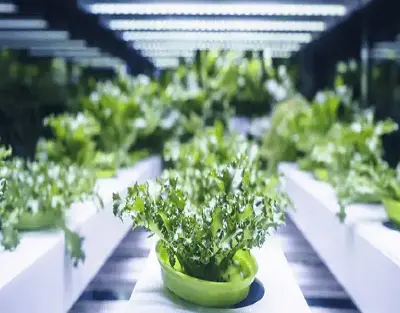
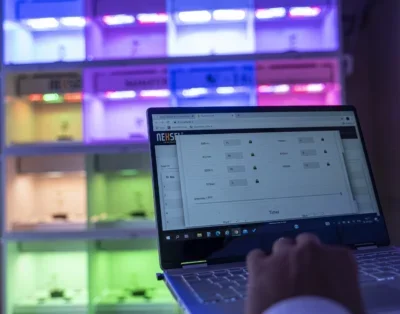

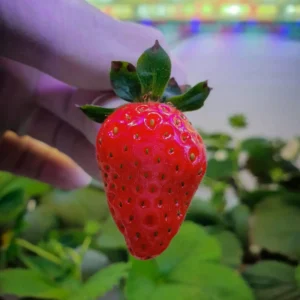

Leave A Comment